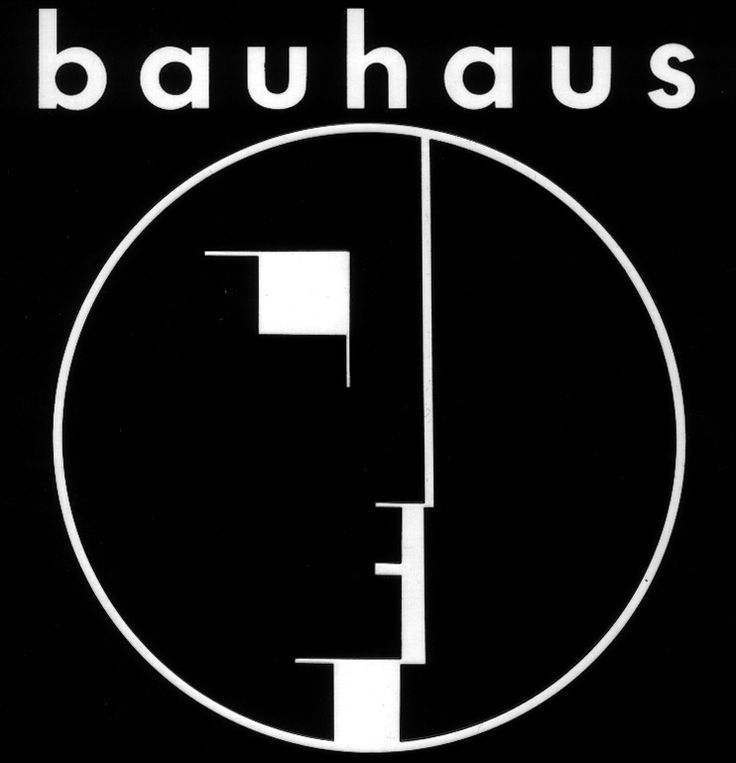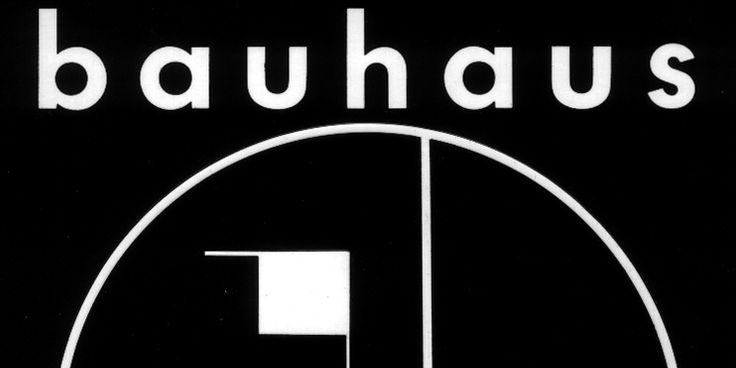
Introduction
The Bauhaus school of art, founded in Germany in 1919, revolutionized modern art, design, and architecture. With its emphasis on functionality, simplicity, and the unification of art, craft, and technology, Bauhaus left a lasting legacy on numerous creative fields. Punk rock, emerging in the mid-1970s as a rebellious response to the mainstream music scene, similarly challenged conventional norms with its raw sound, DIY ethos, and distinctive visual style. This essay explores the profound influence of Bauhaus principles on punk rock, examining how the school’s innovative ideas permeated the aesthetics, philosophies, and cultural practices of the punk movement.
Background on the Bauhaus School of Art
The Bauhaus school was established by architect Walter Gropius in Weimar, Germany, in 1919. Its founding coincided with a period of social and political upheaval in post-World War I Germany, which influenced its progressive and utopian ideals. Bauhaus sought to bridge the gap between art and industry by integrating fine arts with crafts and promoting a holistic approach to design.
Key principles of Bauhaus included the notion that form follows function, the elimination of unnecessary ornamentation, and the belief in the social responsibility of artists and designers. The school emphasized the importance of craftsmanship, encouraging students to explore various materials and techniques. This hands-on approach was reflected in the diverse curriculum, which included workshops in metalworking, textiles, ceramics, and typography.
Prominent figures associated with Bauhaus included Gropius, Hannes Meyer, Ludwig Mies van der Rohe, Paul Klee, Wassily Kandinsky, and László Moholy-Nagy. Each contributed unique perspectives and expertise, shaping the school’s multidisciplinary and collaborative ethos. Bauhaus’s influence extended beyond its closure in 1933 due to Nazi repression, as its members dispersed internationally, spreading its principles across Europe, the United States, and beyond.
Bauhaus’s impact on modern art and design is undeniable. Its minimalist and functionalist approach can be seen in architecture, product design, graphic design, and even education. The school’s legacy is evident in iconic designs like the Barcelona Chair, the Wassily Chair, and the Bauhaus-inspired typography that continues to influence contemporary visual communication.
Overview of Punk Rock
Punk rock emerged in the mid-1970s as a raw, energetic, and rebellious genre that challenged the prevailing norms of the music industry. Originating in the United States and the United Kingdom, punk rock quickly became a global phenomenon, characterized by its stripped-down sound, anti-establishment lyrics, and DIY ethos.
Musically, punk rock was a departure from the polished and elaborate productions of mainstream rock. It embraced simplicity and immediacy, with fast tempos, short song durations, and a focus on raw, unrefined performances. The instrumentation was typically straightforward, featuring electric guitars, bass, drums, and often aggressive, shouted vocals.
The cultural and social context of the punk movement was one of dissatisfaction and disillusionment, particularly among the youth. Economic hardships, political unrest, and a sense of alienation fueled the punk ethos. This was reflected in the genre’s lyrics, which often addressed themes of rebellion, social justice, and individualism.
Influential bands like The Ramones, Sex Pistols, The Clash, and Dead Kennedys epitomized the punk spirit. Their music, fashion, and attitudes were marked by a defiant rejection of mainstream values. Punk fashion, characterized by leather jackets, ripped clothing, safety pins, and unconventional hairstyles, became a visual manifestation of the movement’s anti-conformist stance.
Influence of Bauhaus on Punk Rock Aesthetics
The visual aesthetics of punk rock were significantly influenced by Bauhaus principles, particularly in terms of graphic design, fashion, and the use of space. The punk movement adopted Bauhaus’s emphasis on simplicity, functionality, and the rejection of excess, creating a distinct visual language that resonated with its anti-establishment ethos.
One of the most notable areas of influence was in album covers and poster design. Punk rock’s DIY ethic and minimalist approach drew heavily from Bauhaus’s clean lines, geometric shapes, and use of negative space. Designers like Jamie Reid, who created the iconic cover for the Sex Pistols’ album “Never Mind the Bollocks,” utilized cut-and-paste techniques, bold typography, and stark contrasts, echoing Bauhaus’s graphic design principles.
Bauhaus’s impact was also evident in the punk fashion scene. The movement’s rejection of conventional fashion norms paralleled Bauhaus’s disdain for superfluous ornamentation. Punk fashion was characterized by a utilitarian and deconstructed aesthetic, with elements like ripped jeans, safety pins, and repurposed materials reflecting Bauhaus’s focus on functionality and innovation.
Punk rock venues and performance spaces also drew inspiration from Bauhaus principles. The use of industrial and unconventional spaces, such as abandoned warehouses and clubs, mirrored Bauhaus’s integration of art and everyday life. These venues often featured minimalist decor and makeshift stages, emphasizing the raw and unpolished nature of punk performances.
Philosophical Parallels Between Bauhaus and Punk Rock
Beyond aesthetics, the philosophical parallels between Bauhaus and punk rock are striking. Both movements were rooted in a desire to break away from tradition, challenge established norms, and create something radically new and accessible.
Bauhaus’s philosophy of art as a means to improve society resonated with punk rock’s social and political consciousness. Both movements sought to democratize their respective fields, making art and music accessible to the masses rather than an elite few. This was reflected in the DIY ethos of punk, where anyone with basic instruments and a message could form a band and perform.
The anti-establishment and revolutionary ideas of both movements further highlight their philosophical kinship. Bauhaus’s rejection of bourgeois art and emphasis on functionalism paralleled punk rock’s disdain for commercialism and the mainstream music industry. Punk bands often operated independently, producing and distributing their music through small, independent labels, mirroring Bauhaus’s emphasis on craftsmanship and small-scale production.
Case studies of punk artists and bands reveal the direct influence of Bauhaus philosophies. For instance, the band Bauhaus, named explicitly after the school, drew inspiration from Bauhaus’s minimalist aesthetics and avant-garde sensibilities. Their music, characterized by its dark, atmospheric sound and stark visual imagery, reflected the integration of art and performance that Bauhaus championed.
Legacy and Continued Influence
The lasting impact of Bauhaus on punk rock extends into contemporary punk and other subcultures. The principles of simplicity, functionality, and the merging of art with everyday life continue to resonate with modern artists and musicians. Contemporary punk bands and designers often reference Bauhaus in their work, whether through visual aesthetics, DIY practices, or philosophical outlooks.
Modern examples of Bauhaus influence in punk rock can be seen in the work of bands like Wire, Joy Division, and even in the broader post-punk and goth scenes. These artists continue to draw on Bauhaus’s minimalist and functionalist principles, creating music and visuals that challenge conventions and push boundaries.
Conclusion
The interplay between Bauhaus and punk rock exemplifies the enduring power of revolutionary ideas in art and music. Bauhaus’s principles of simplicity, functionality, and the integration of art with life found new expression in the raw, rebellious spirit of punk rock. The multifaceted influence of Bauhaus on punk aesthetics, philosophies, and practices, highlights the deep connections between these two seemingly disparate movements. As we reflect on this interplay, it becomes clear that the legacy of Bauhaus continues to shape and inspire the punk ethos, reminding us of the transformative potential of art and music in challenging the status quo and envisioning new possibilities.
